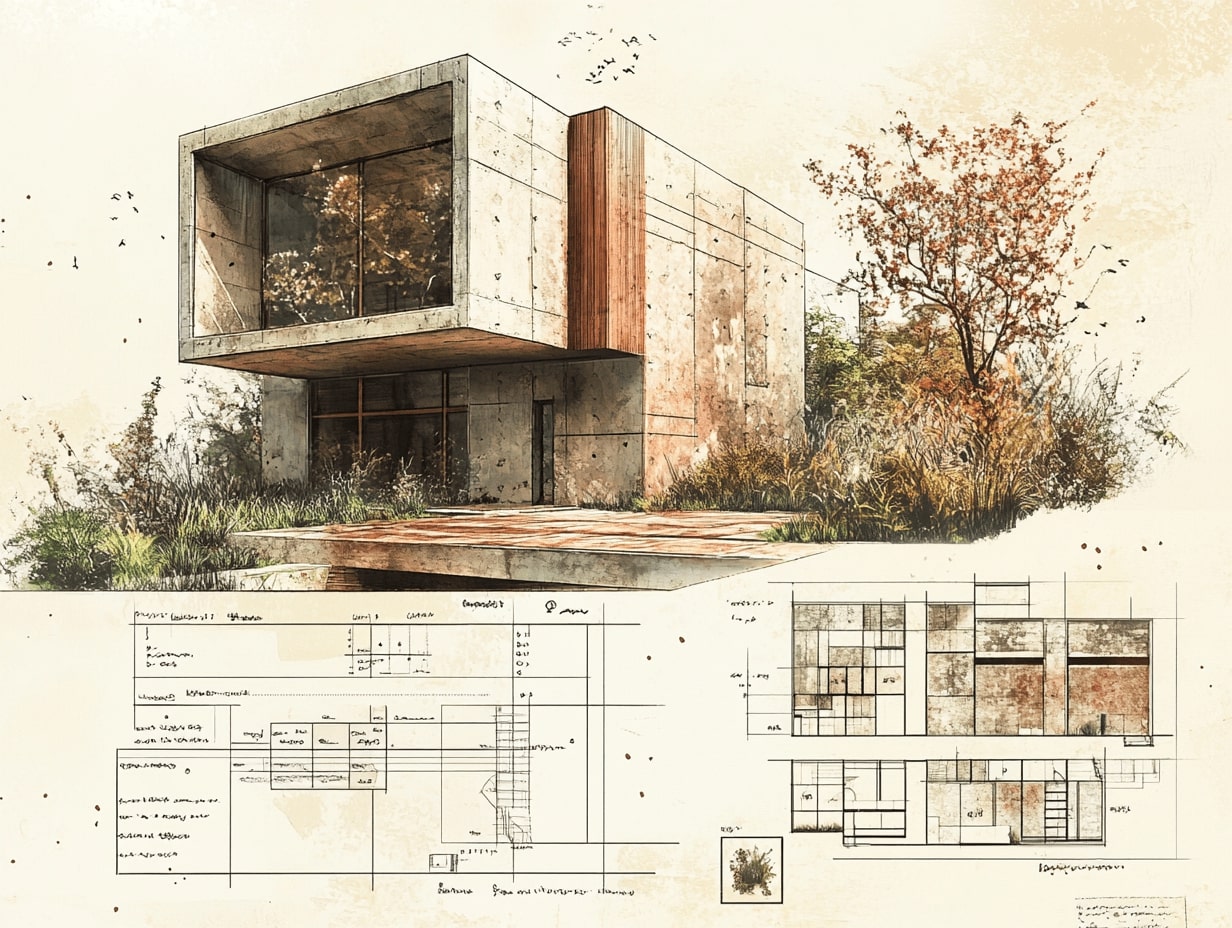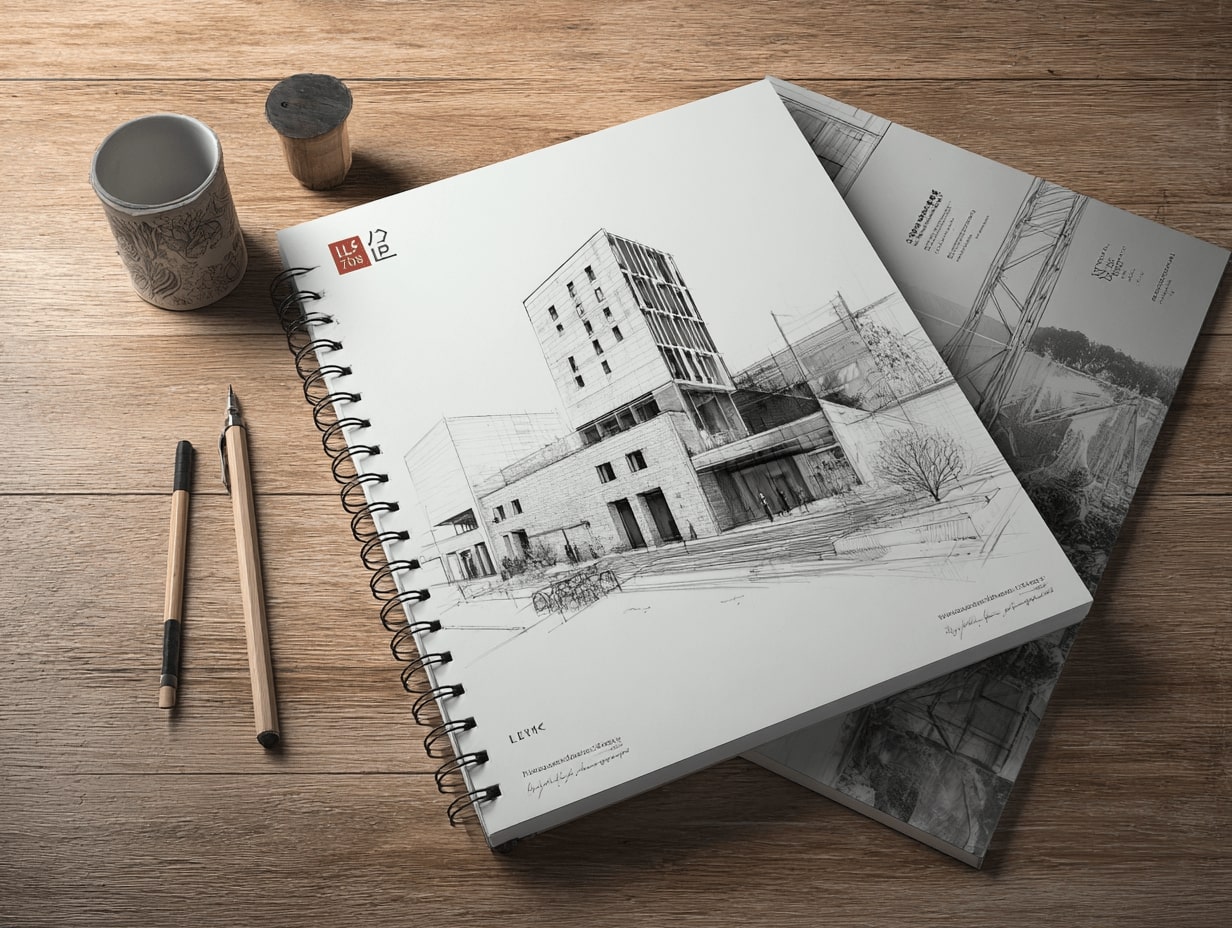- Home
- Articles
- Architectural Portfolio
- Architectral Presentation
- Inspirational Stories
- Architecture News
- Visualization
- BIM Industry
- Facade Design
- Parametric Design
- Career
- Landscape Architecture
- Construction
- Artificial Intelligence
- Sketching
- Design Softwares
- Diagrams
- Writing
- Architectural Tips
- Sustainability
- Courses
- Concept
- Technology
- History & Heritage
- Future of Architecture
- Guides & How-To
- Art & Culture
- Projects
- Interior Design
- Competitions
- Jobs
- Store
- Tools
- More
- Home
- Articles
- Architectural Portfolio
- Architectral Presentation
- Inspirational Stories
- Architecture News
- Visualization
- BIM Industry
- Facade Design
- Parametric Design
- Career
- Landscape Architecture
- Construction
- Artificial Intelligence
- Sketching
- Design Softwares
- Diagrams
- Writing
- Architectural Tips
- Sustainability
- Courses
- Concept
- Technology
- History & Heritage
- Future of Architecture
- Guides & How-To
- Art & Culture
- Projects
- Interior Design
- Competitions
- Jobs
- Store
- Tools
- More
The Process Behind a Successful Architecture Portfolio: Tips for Design and Presentation
Discover the art and strategy behind building a standout architecture portfolio. Learn how to curate projects, craft compelling narratives, and design a visually impactful layout. This guide covers everything from setting goals and selecting tools to refining content for clarity, helping you present your unique skills and creativity with professionalism and style.

Crafting a successful architecture portfolio is both an art and a strategy. It’s not just about showcasing our best work; it’s about telling a compelling story that reflects our skills, creativity, and unique perspective. A well-constructed portfolio can open doors to exciting opportunities, whether we’re applying for a job, a university program, or pitching a project.
The process behind creating one isn’t as daunting as it might seem. With the right approach, we can organize our ideas, select the most impactful projects, and design a layout that captivates our audience. It’s all about balancing aesthetics with functionality, ensuring our portfolio communicates who we are as designers while leaving a lasting impression.

Table of Contents
ToggleUnderstanding The Process Behind A Successful Architecture Portfolio
Creating a successful architecture portfolio involves a deliberate approach to highlight expertise, creativity, and potential. Each stage of the process contributes to a cohesive final product that communicates a clear narrative.

1. Defining Objectives
We begin by clarifying the portfolio’s purpose. Whether targeting academic admissions, job applications, or client projects, aligning objectives with the audience’s expectations is critical to guide decisions on structure, tone, and content.
2. Curating Project Selections
Selecting the right projects ensures the portfolio reflects our strongest skills and creative vision. We prioritize diverse work that demonstrates technical proficiency and conceptual depth, such as detailed drawings, 3D models, or executed designs.
3. Establishing Visual Hierarchy
We structure content with clear visual organization, using consistent layouts to draw attention to key elements. Strategic use of white space, font styles, and imagery hierarchy enhances readability and engagement.
4. Developing the Narrative
Each project includes context around the design approach, challenges, and solutions. By incorporating concise descriptions, diagrams, and process sketches, we emphasize the progression from initial concepts to final outcomes.
5. Refining and Proofreading
After assembly, we focus on refinement. Reviewing the visual and textual content ensures clarity, consistency, and quality. Error-free portfolios indicate professionalism and strengthen the overall presentation.
6. Selecting the Format
Choosing the right format—digital, physical, or both—depends on delivery needs. Digital portfolios provide accessibility and interactive elements, while physical copies offer tangible engagement for in-person review.
Research And Planning
Research and planning create the foundation for a successful architecture portfolio. This stage ensures every element aligns with the intended message and purpose.

Identifying Your Target Audience
Understanding the audience determines what content to highlight. Employers may look for technical skills like construction documentation or creative approaches in design projects. Academic institutions may prioritize conceptual thinking and originality. Tailoring the portfolio to specific reviewers enhances its relevance and impact.
Setting Clear Goals For Your Portfolio
Establishing goals helps maintain focus during the creation process. Goals might include securing a job in a specific field of architecture, gaining acceptance into an advanced academic program, or showcasing expertise in a niche area like sustainable design. Clear objectives guide project selection, narrative development, and visual presentation.
Structuring Your Portfolio
A well-organized portfolio creates a seamless narrative that engages viewers and communicates expertise. The structure should prioritize clarity and logical progression, ensuring every element serves a purpose.

Establishing A Logical Flow
Organizing content chronologically or thematically enhances the portfolio’s readability. Starting with an impactful introduction, we can outline our design philosophy or career objectives to captivate the audience. Projects should follow a consistent structure with sections like project summary, challenges, design approach, and outcomes.
Group similar projects together when they share themes or skills, creating coherence. For example, residential architecture designs could form one category, while public infrastructure projects could occupy another. Use transitions and brief text to connect sections, helping the viewer follow the narrative effortlessly.
Highlighting Key Projects And Skills
Showcasing standout projects demonstrates proficiency and versatility. We should select 6-10 diverse works that reflect a range of skills, like technical detailing, conceptual design, and problem-solving. For instance, incorporating hand-drawn sketches, 3D renderings, and construction documents highlights different capabilities.
Arrange projects strategically by starting and ending with the strongest works to leave a lasting impression. For each, include concise descriptions and visuals, explaining our role and the project’s significance. Supplement the presentation with skill tags, such as “sustainability expertise” or “digital modeling,” to underline core competencies.
Design And Presentation
A successful architecture portfolio demands thoughtful design and effective presentation. These elements communicate professionalism and ensure the content is engaging and easy to navigate.

Choosing A Cohesive Visual Style
Establishing a cohesive visual style enhances the portfolio’s impact. Consistent typography, color schemes, and grid layouts create a unified appearance. For example, pairing a clean sans-serif font with neutral tones can project modernity and professionalism. Using recurring design elements, like section dividers or page numbers in matching styles, reinforces consistency.
Avoid overcrowding pages with unnecessary graphics or text. Instead, focus on minimalism that highlights the work itself. Balance visuals and negative space to ensure each project breathes within the layout.
Prioritizing Clarity And Readability
Clarity ensures the portfolio’s content is accessible and comprehensible. Using a clear hierarchy—headings, subheadings, and captions—guides viewers through each section. For example, bold project titles can stand out, while smaller captions provide contextual details. Maintaining logical flow, such as chronological or thematic arrangements, keeps the narrative coherent.
Readable text and high-quality images are essential. Use legible font sizes, especially for digital portfolios, and ensure visuals are not pixelated. If using overlays or patterns, avoid compromising text visibility. These techniques collectively improve navigation and leave a lasting impression.
Reviewing And Refining Your Portfolio
Evaluating and refining a portfolio ensures it reaches its full potential. Continuous feedback and iterative enhancements help it align with audience expectations and professional standards.

Seeking Feedback From Peers And Mentors
Engaging peers and mentors provides valuable insights. Experienced professionals can identify shortcomings in layout, narrative, or project selection. For example, mentors may suggest reordering projects to create a stronger narrative flow, while peers might highlight design inconsistencies. Conducting one-on-one sessions or group critiques encourages diverse viewpoints, uncovering issues we might overlook. It’s important to incorporate feedback selectively, focusing on suggestions that enhance clarity, professionalism, and impact.
Making Iterative Improvements
Refining a portfolio through iterations strengthens its quality. Reviewing each project’s description, visuals, and typographic elements helps maintain alignment with defined objectives. For instance, updating project narratives to highlight problem-solving skills or adjusting layouts to improve readability ensures a polished presentation. Testing digital portfolios on multiple devices and printing physical copies for review ensures compatibility and visual consistency across formats. We recommend setting a revision schedule to avoid last-minute edits that could compromise accuracy and quality.
Tools And Resources For Creating An Architecture Portfolio

Design Software
Design tools streamline portfolio creation. Software like Adobe InDesign, Illustrator, and Photoshop offers templates and advanced editing features for layouts and visuals. CAD programs, such as AutoCAD and Revit, integrate technical drawings seamlessly. 3D modeling tools like Rhino and SketchUp enhance project presentations, while Lumion and V-Ray facilitate photorealistic renderings.
Presentation Platforms
Digital portfolios benefit from online platforms. Websites such as Behance, Issuu, and Squarespace provide hosting and interactive viewing, ensuring accessibility. For custom web portfolios, tools like WordPress offer flexibility with design options. Additionally, PDF software like Adobe Acrobat ensures polished formats for offline sharing.
Project Management Tools
Organizing content and timelines improves workflow. Applications such as Trello and Asana track progress and deadlines. Collaborative tools like Google Drive or Dropbox enable easy access to files, particularly for feedback or review. These help maintain comprehensive documentation of all project versions.
Image Editing Tools
Image quality elevates visual impact. Adobe Lightroom and Photoshop refine visuals with adjustments to lighting, cropping, or text overlay. Free alternatives like GIMP and Canva offer accessible options for editing.
Research Resources
Effective portfolios draw from research. Books, such as Portfolio Design by Harold Linton, offer structured guidance. Online articles, architecture blogs, and university repositories provide formatting ideas and project examples.
Feedback Networks
Peer and mentor feedback enhances quality. Architecture forums, LinkedIn groups, or industry-specific communities enable idea exchange. Engaging with portfolio review events or alumni networks also brings valuable critique. This strengthens content and presentation for impact.
Conclusion
Creating a successful architecture portfolio involves aligning organization, design, and storytelling with well-defined objectives. Each step, from selecting diverse projects to structuring content for clarity, contributes to a polished and professional result. A strong visual hierarchy, cohesive design elements, and a focus on readability ensure that the portfolio communicates expertise and vision effectively.
Refining each element through feedback and iterative improvements enhances the portfolio’s quality. Using tools like Adobe InDesign and SketchUp empowers us to create compelling layouts, while platforms like Behance and Squarespace streamline digital presentations. By leveraging these resources, we can present our skills and creativity in a format tailored to specific audiences and professional aspirations.
- architectural design presentation
- Architectural Presentation Techniques
- Architecture design tips
- architecture portfolio design guide
- architecture portfolio examples
- architecture portfolio for students
- architecture portfolio layout ideas
- architecture portfolio process
- architecture portfolio review
- architecture portfolio tips
- architecture presentation skills
- best architecture portfolio formats
- creating a compelling architecture portfolio
- design portfolio tips for architects
- designing an architecture portfolio
- elements of a successful architecture portfolio
- how to create an architecture portfolio
- improve architecture portfolio
- professional architecture portfolio
- successful architecture portfolio
Submit your architectural projects
Follow these steps for submission your project. Submission FormLatest Posts
Digital Marketing: The New Portfolio for Showcasing Skills and Attracting Opportunities
Discover how digital marketing has revolutionized the traditional portfolio in today's fast-paced...
Essential Tips for a Good Architecture Portfolio to Impress Employers and Clients
Unlock your architectural potential with our essential tips for crafting a standout...
How to Stage a House for an Architectural Portfolio Shoot
A house might look beautiful in person, but through a lens? That’s...
The Evolution of an Architecture Student Portfolio: From Paper Presentation to Digital Identity
Setting the Stage SpeedyPaper stands out as a quick fix for students...












Leave a comment